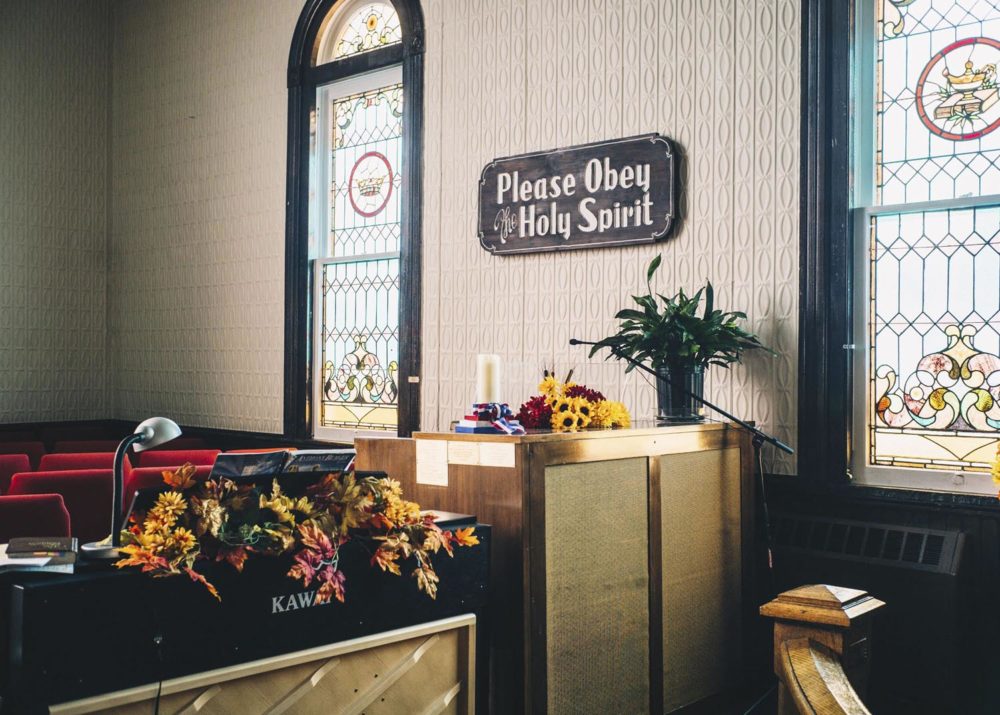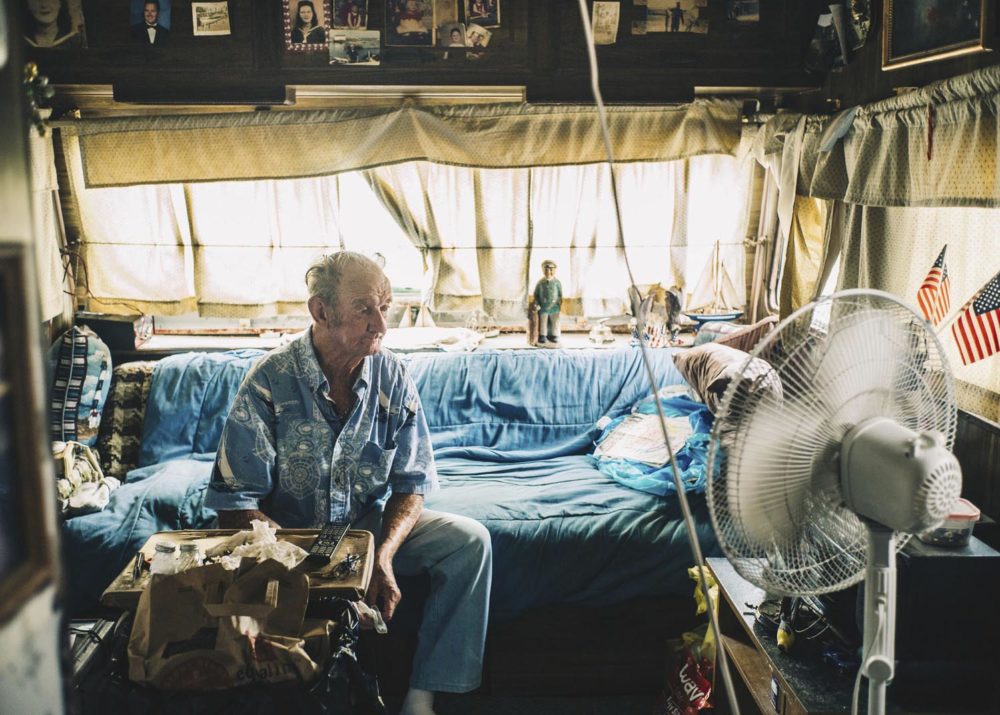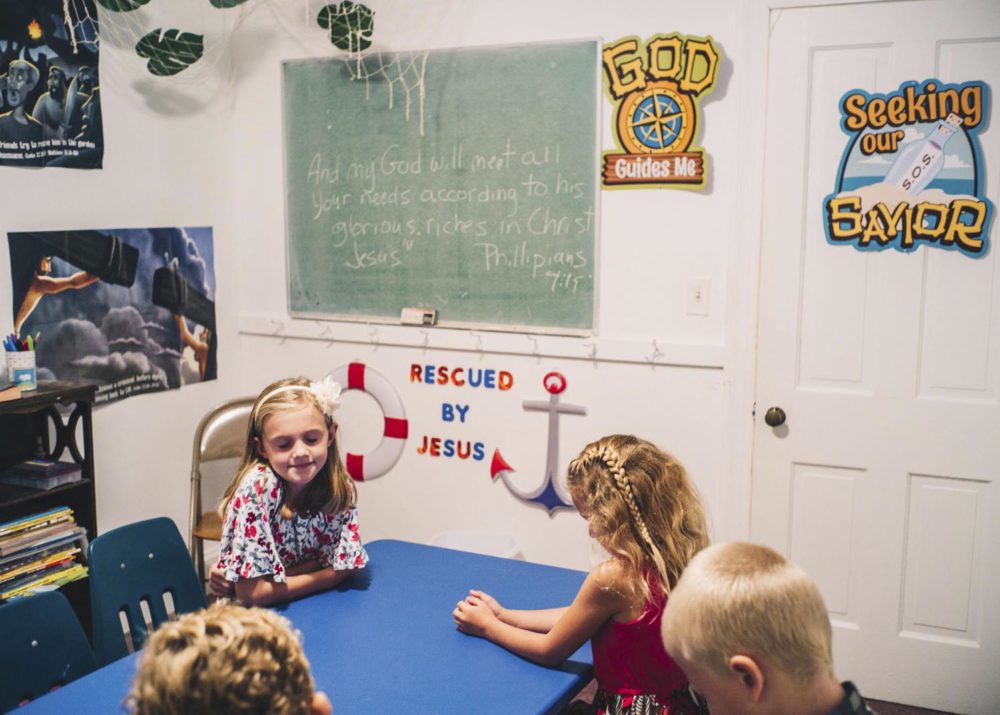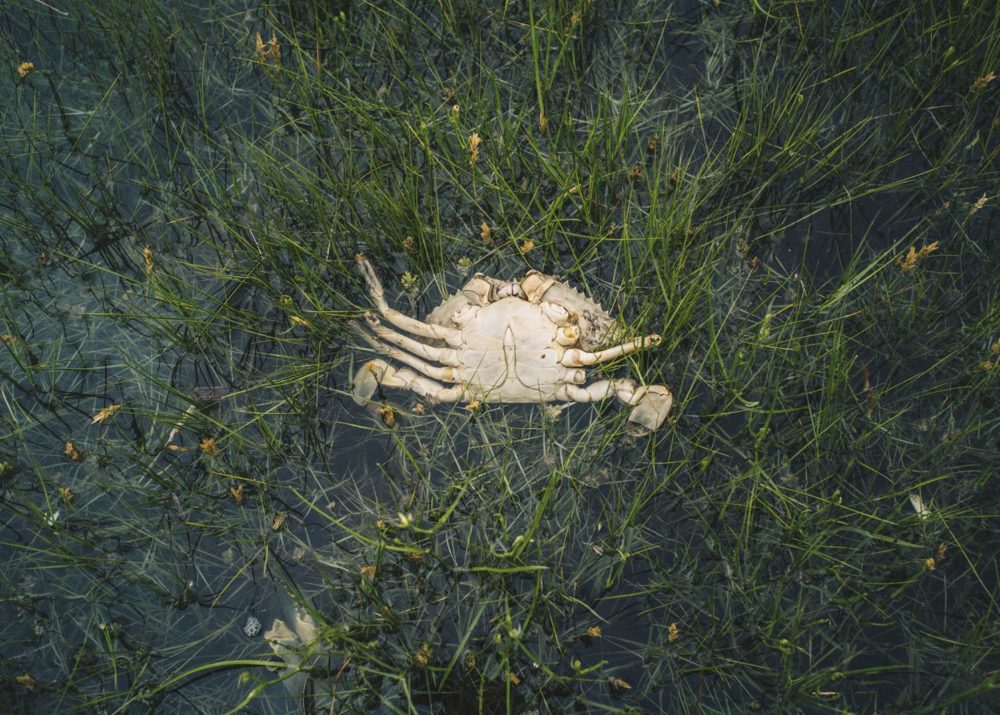Picture Series
Sébastien Leban Tangier, the Lost Island
The American island of Tangier is a metaphor for the absurd. The ocean that has fed inhabitants for generations is consuming the island metre by metre. But most of the 460 conservative, religious islanders, who have long been a symbol of climate change on the American continent, reject the theory of global warming. Since the first cartographic drawings were prepared in 1850, Tangier has lost two-thirds of its surface. At the same time, the marshlands are spreading. In the Chesapeake Bay, sea levels are rising five millimetres a year – nearly twice the average. Washington is only 160 kilometres away; if politicians do not propose a timely solution, the myth of Atlantis could become reality. Without dikes, this small island in the state of Virginia will completely disappear into the water, making the inhabitants of Tangier the USA’s first climate refugees.
- Climate
- Religion
- Trump
- USA
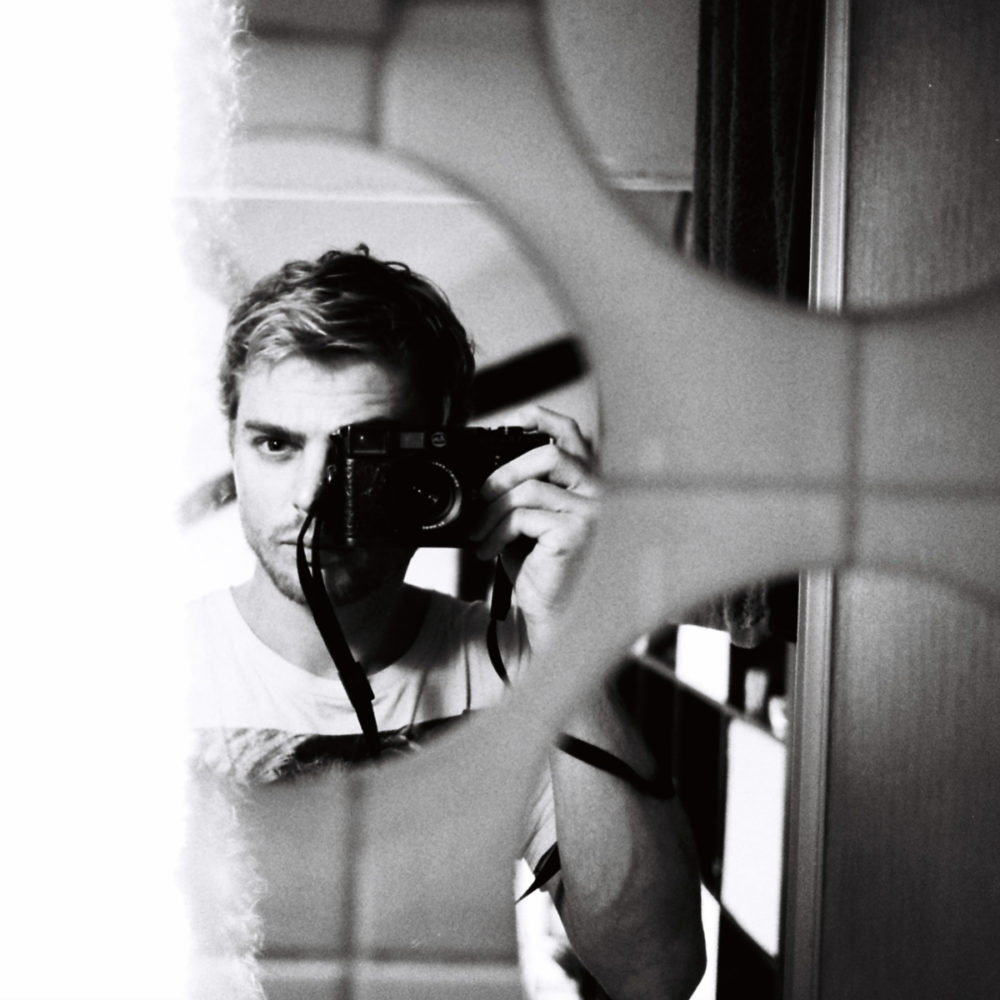
*28 May 1987 in Florange, France
Sébastien Leban started out as an autodidact in photography and currently works as a freelancer for various media, including Le Monde, NEON and National Geographic France. In 2013, he moved to Israel, where he spent two years documenting the Israeli-Palestinian conflict. At this time, he is working more intensely on the topic of the consequences of climate change and the changing living conditions experienced by societies already affected by it.

